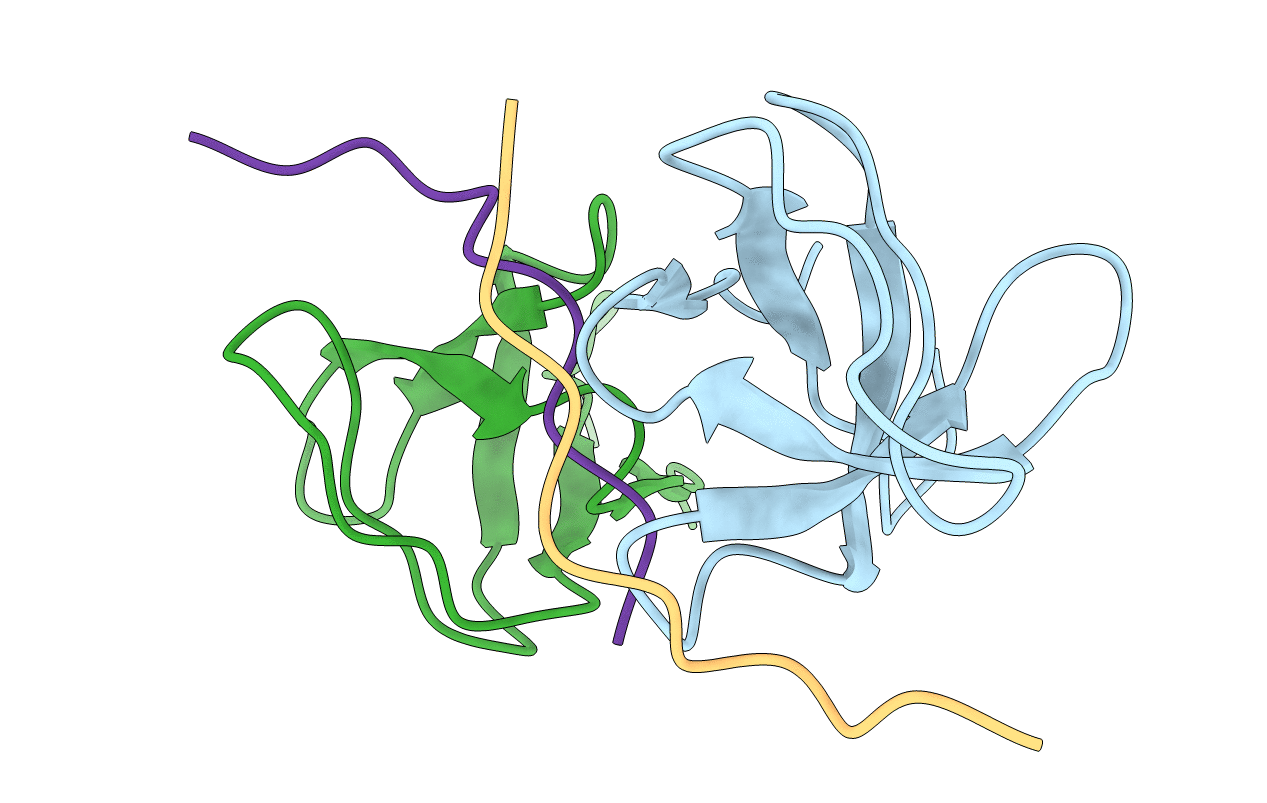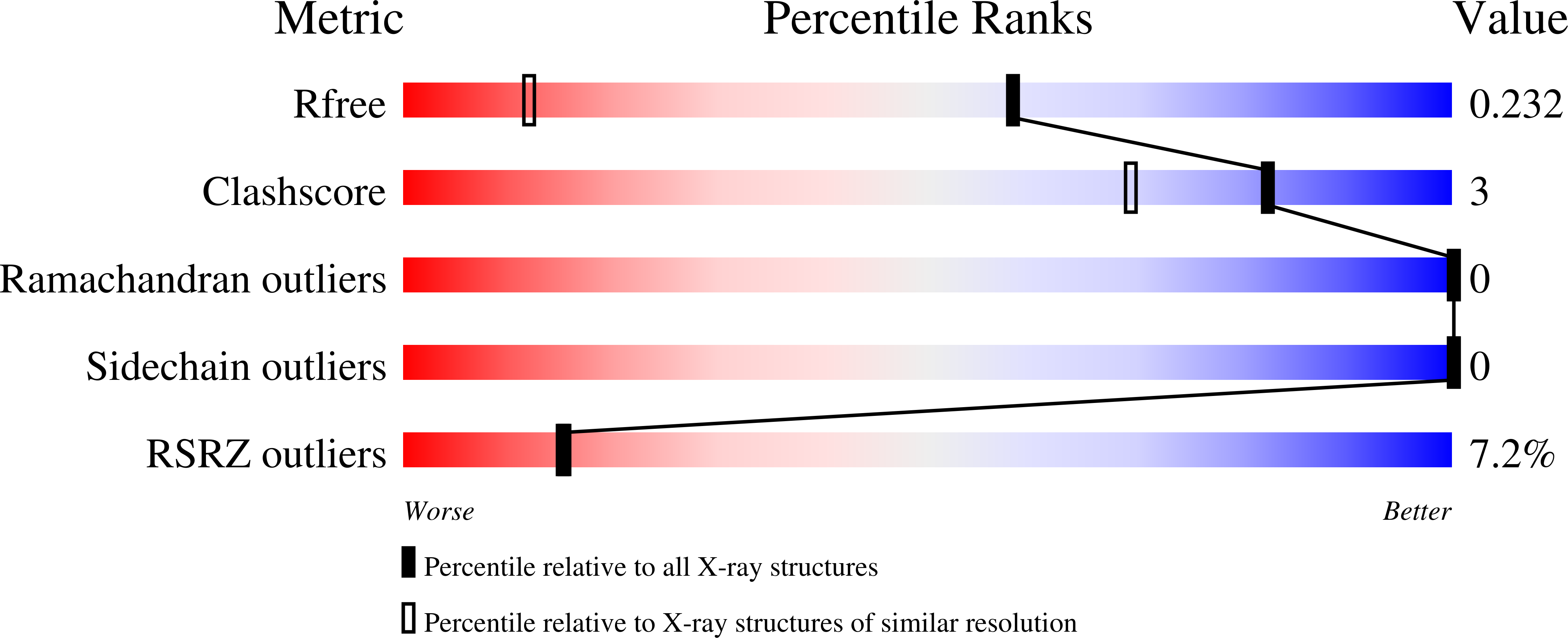
Deposition Date
2022-02-15
Release Date
2022-07-06
Last Version Date
2023-10-18
Entry Detail
Biological Source:
Source Organism:
Homo sapiens (Taxon ID: 9606)
Escherichia coli O127:H6 str. E2348/69 (Taxon ID: 574521)
Escherichia coli O127:H6 str. E2348/69 (Taxon ID: 574521)
Host Organism:
Method Details:
Experimental Method:
Resolution:
1.43 Å
R-Value Free:
0.23
R-Value Work:
0.19
R-Value Observed:
0.19
Space Group:
P 1 21 1


